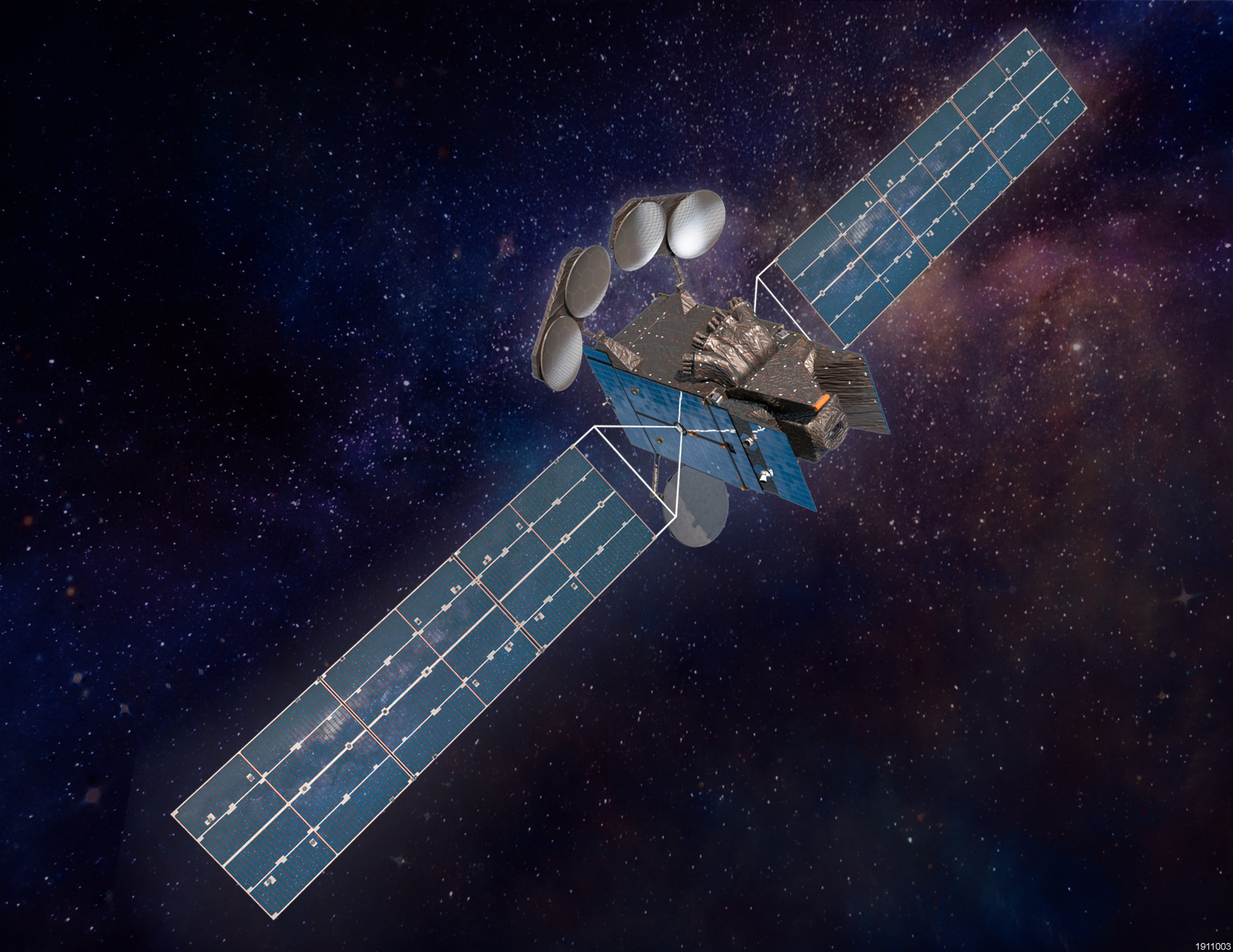A NASA satellite instrument that will measure air pollution hourly during daytime in North America, including the entire continental United States, will launch to orbit aboard a SpaceX Falcon 9 launch vehicle.
Intelsat announced the selection of the launch provider today. The launch is planned for 2022. In February, Intelsat and Maxar Technologies agreed to host NASA’s Tropospheric Emissions: Monitoring of Pollution (TEMPO) instrument onboard Intelsat 40e, which is based on Maxar’s 1300-class satellite platform and will provide commercial satellite communications for Intelsat customers in North and Central America.
“This is another significant milestone in TEMPO’s journey to Earth orbit, where it will make important measurements that advance our ability to measure air pollution,” said Steve Hall, TEMPO program manager at NASA’s Langley Research Center in Hampton, Virginia. “We’re glad SpaceX will be part of the team.”
TEMPO will be part of an air quality satellite “virtual constellation” that will measure pollutants — including ozone, nitrogen dioxide, formaldehyde and tiny atmospheric particles called aerosols — in unprecedented frequency and detail.
South Korea’s Geostationary Environment Monitoring Spectrometer (GEMS), the first instrument in the constellation, which launched into space Feb. 18 on the Korean Aerospace Research Institute GEO-KOMPSAT-2B satellite, will measure pollution over Asia. The European Space Agency Sentinel-4 satellite, expected to launch in 2023, will make measurements over Europe and North Africa.
The three satellites will make measurements from geostationary, or fixed, orbits that allow them to scan their respective world regions hourly during daytime and at a high spatial resolution.
NASA Langley Research Center



























